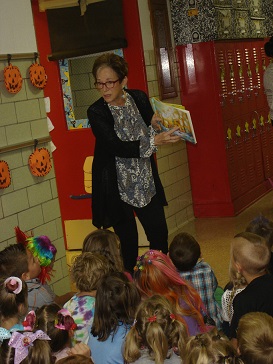From the early days of America until today, the Supreme Court has been pivotal in interpreting the Constitution and shaping America’s constitutional republic. Landmark Supreme Court cases have had an impact on our rights as citizens, but they haven’t always provided for the unintended consequences brought about by sweeping change. For example, the Supreme Court stepped in, when all else failed, and stopped race-based school segregation, underscoring the rights of all to an equal education. This was a major civil rights victory and firmly put public education on the path to equal education. But its broad brush actually has, in many cases, denied access to quality education. Equality is not equivalent to quality, and yet I’m sure the Court intended that both be achieved. Other dysfunctions have occurred in the mechanisms designed to help communities comply with Brown v. Board of Education. Communities were dislocated, and teachers no longer knew the students or the families of the students who were bussed across community borders. Students who became token minorities were often overlooked. But the biggest problems have resulted from the misapplication of Brown’s intent. A school in West Virginia separated students by gender in math and English classes, even though research showed that both boys and girls did better, learned more, and performed well in gender-segregated classes in the sixth and seventh grades. The ACLU brought suit and ended the practice, thus denying both boys and girls a quality education.
We now mainstream students with disabilities into classrooms under the equal education philosophy. However, we make few allowances for hiring specially trained teachers and staff, or for providing alternative learning environments when a child’s behavior in the mainstream classroom disrupts the education of the rest of the students. There are subjects where some students are clearly better off in a more contained environment and others where mainstreaming provides important socialization and sensitivity opportunities for all students. Schools must be equipped to provide these multiple learning environments so that all students receive a quality education. Hidebound, blind adherence to rules not tempered with flexibility simply erodes the positive effects of the Court’s ruling. Equal access to education should be the goal.
